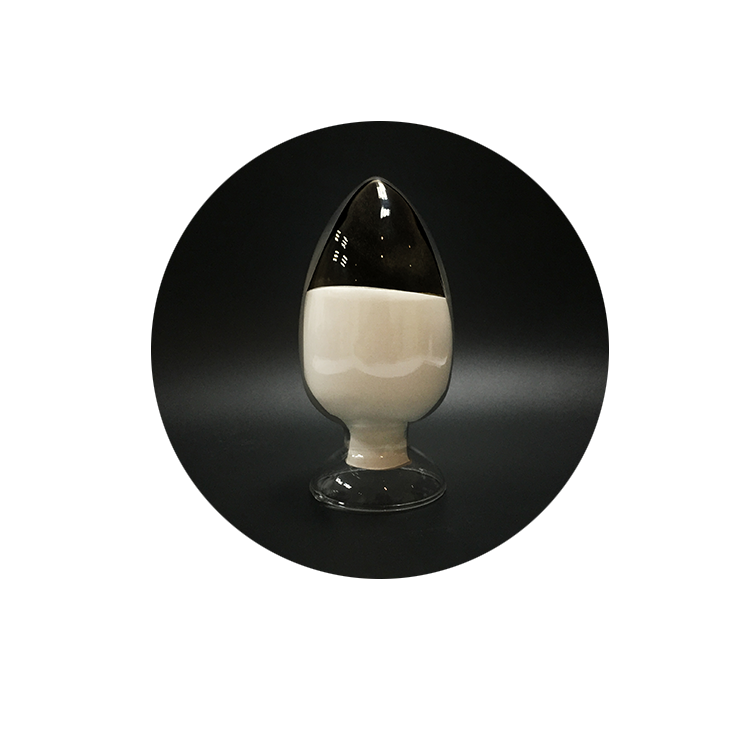What Are the Factors That Affect Fungal Alpha Amylase Activity?
Ⅰ. Enzyme function of alpha amylase
Alpha amylase is food grade, produced by the fermentation of Aspergillus oryzae, and can be used for starch dextrinization and saccharification. Fungal a-amylase enzyme is an endo-amylase that can rapidly hydrolyze the internal chains of gelatinized starch, amylose and amylopectin aqueous solutions.
Ⅱ. What are the factors that affect the activity of alpha amylase?
1. The effect of pH on fungal alpha amylase
The optimal pH range of amylase is at 40°C is 4.8-5.4, and it can effectively hydrolyze starch in a pH range of 4.0-6.6 at 40°C. It is most stable in a range of pH 6.0-8.0. If you need to hydrolyze starch under conditions that are unfavorable to the stability of the enzyme, the pH should exceed 5.5. If a high reaction rate is a primary goal pursued, the pH value needs to be below 5.5.
2. The influence of temperature on fungal alpha amylase
The optimal temperature of this enzyme is 55°C, and it can effectively hydrolyze starch in the temperature range of 45-55°C. If the starch content is high, the starch hydrolysis ability of this enzyme can be exerted at a temperature not exceeding 65°C. According to the pH value, the optimal temperature is 45-65°C.
3. The effect of inhibitors on alpha amylase: Several heavy metal ions can inhibit this enzyme. Copper and lead are strong inhibitors. When the content is higher, zinc, nickel and iron ions can also play a suppressive effect.
4. Substrate: Fungal alpha amylase can be used to melt corn, potato, cassava, wheat, soybean and various other starches. The starch content on the basis of dry matter does not exceed 50%, which can be effectively hydrolyzed. The high starch content can make the enzyme preparation lose its vitality without adjusting to inappropriate temperature and pH value.


